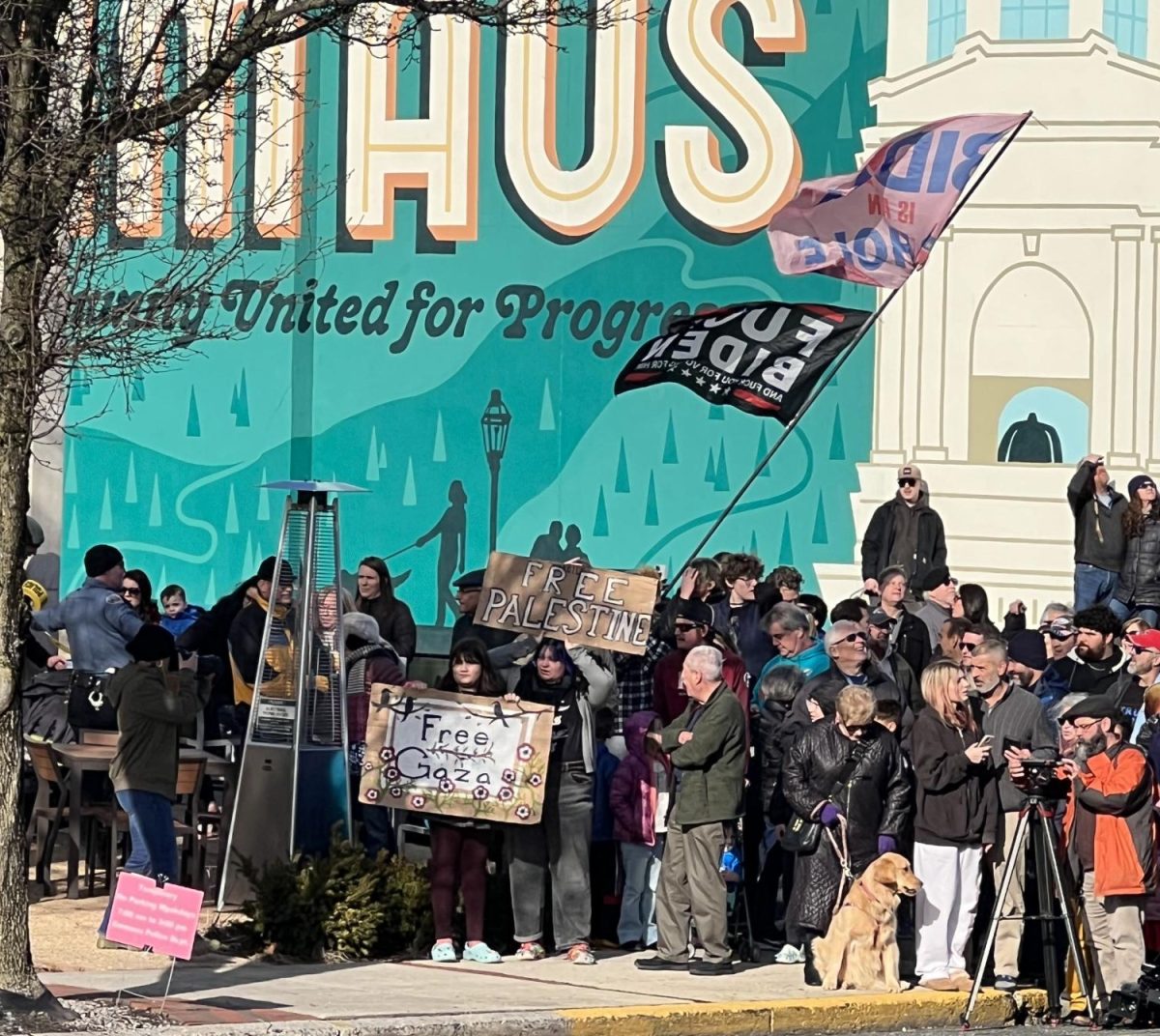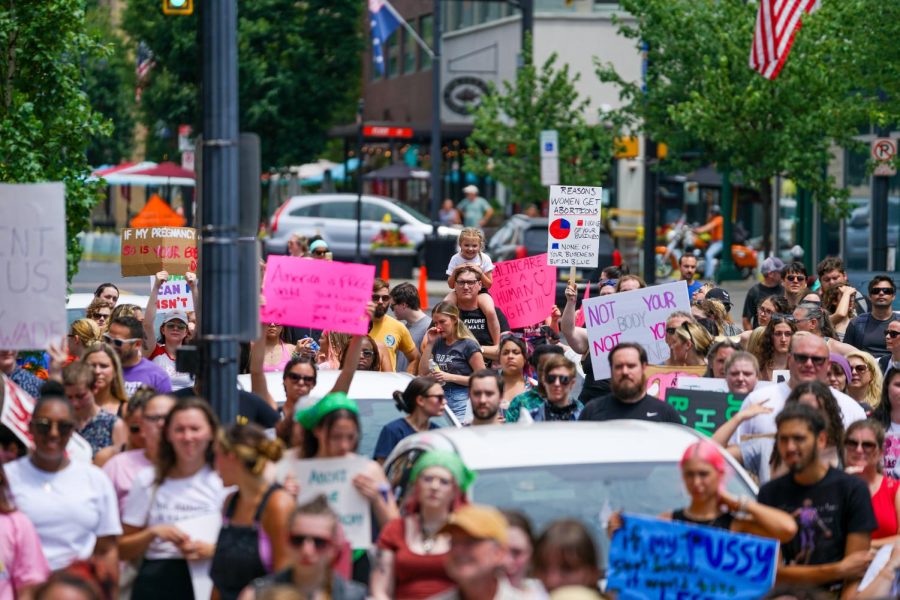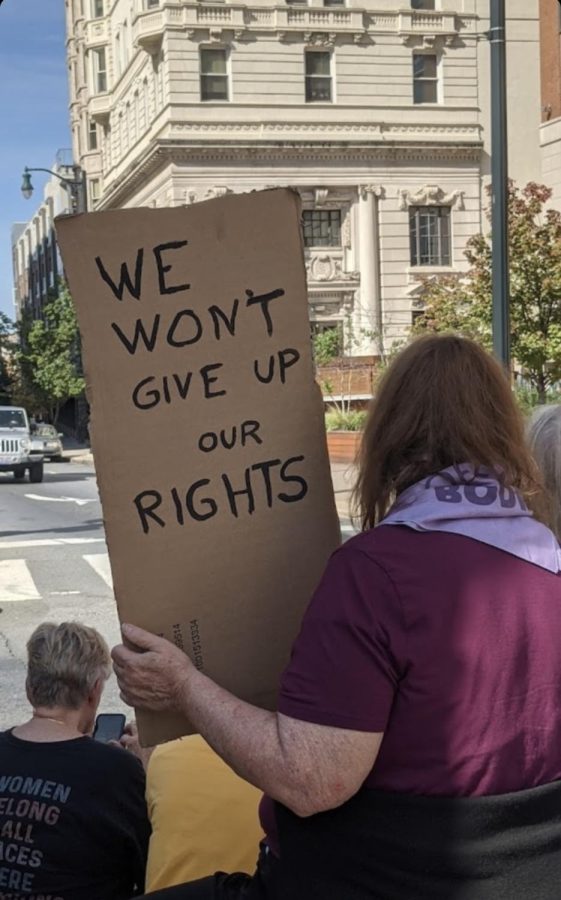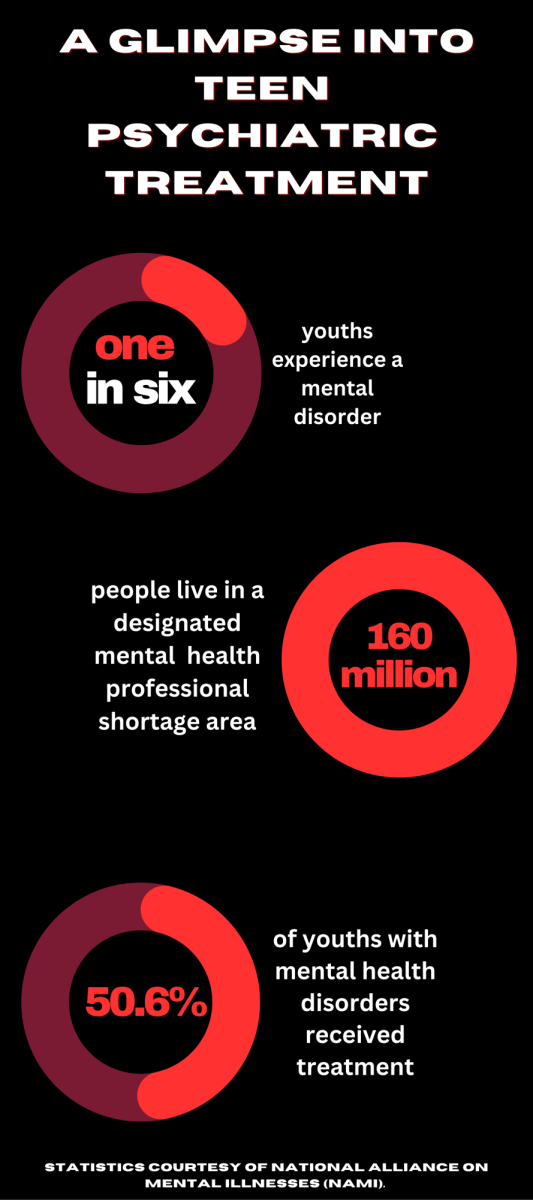Despite trading illegal drugs across the U.S. border and within Mexico, drug cartels have become Mexico’s fifth biggest employer, with nearly 200,000 members as of September 2023.
According to Pillar College, gangs created “Cartel Tiktok,” a media genre that attempts to manipulate teens into becoming one of them by showing a lavish, wealthy lifestyle that awaits them if they join, and the videos generate excessive views. Targeting adolescents benefits gangs, as they gain many members who are under 18 and therefore cannot receive adult sentences if they are caught.
Mexico’s education system contributes to this issue as a result of many school closures, declining academic achievements, and dwindling attendance rates among students and teachers. Those students become even more prone to joining the cartels, assigned to transport drugs, kidnap others, and become hitmen.
Cartels fuel the corruption and violence that occurs in Mexico due to the sale of deadly firearms, drugs, and the spread of violence in North and Central America, most notably fentanyl. According to “The Washington Post,” there were even Chinese companies helping them by selling ingredients used to create fentanyl earlier in the year before the U.S. found out and arrested two suspects.
According to Science, a site responsible for online journals like Science Translational Medicine and Science Immunology, the number of cartels increased from 115,000 to 175,000 between 2012 and 2022, becoming as big as other companies in the country like Walmart, Manpower, a staffing firm, América Móvil, a telecommunication corporation, and Femsa, a retail and beverage company that is also a Coca-Cola bottler.
Many U.S. citizens have even shown concern about the cartels’ achievement.
Pam Hunter, an AP U.S. History and American Studies II Honors teacher at Emmaus High School, drove to San Francisco this past summer with her family and voiced what they witnessed while down there.
“While in San Francisco, we witnessed so much homelessness with many people exhibiting addictive behavior,” Hunter said. “In areas like the Tenderloin District… rampant and widespread drug abuse of Fentanyl has led to dramatic increases in crime, vagrancy, public blight… We heard from numerous San Francisco residents about the struggles the city is facing, especially dealing with the cartel’s influx of Fentanyl into their city.”
As a result of the increased cartel influence, relations between the U.S. and Mexico have strained since many republican politicians in the U.S., like former president Donald Trump and Florida governor Ron DeSantis, support a military intervention to drain the gangs of their influence. However, Andrés Manuel López Obrador, the current Mexican president, refused to escalate the conflict to that degree and cause more conflict with the gangs.
Omar Camarillo, an Associate Professor of Criminal Justice and Sociology at the University of Eastern Mexico, published the 2023 book “Mexico’s Drug-Related Violence.” The book explains that violence among the cartels increased in the late 1980s, with the arrest of Benjamín Arellano Félix and Osiel Cárdenas Guillén, two huge leaders within the illegal drug industry. Other cartels fought with each other to fill what Felix and Cardenas Guilén left behind.
Violence began increasing again in December 2006, when Felipe Calderón became President of Mexico. Calderón cracked down on the cartels by seeking out the highest leaders of the cartels and attacking areas that border the U.S. due to gangs, like the Gulf Cartel and Los Zetas, settling there. He even declared a War on Drugs that didn’t conclude until 2019 under President Obrador.
Those groups struck back against government officials in retaliation which led to an increase in news coverage in 2007 and continues into the present day.
The cartels have become so big that they even control areas of Mexico that the military does not go to.
The surge in cartel influence became so controversial among the citizens that Obrador had to claim that the statement of gangs becoming one of the largest employers was a false accusation made by adversaries of the Mexican government. He also stated the industry in construction and public investment provided many jobs for people but did not name any specific company names.
His statement even caused controversy in the U.S.
Brian Pum, a teacher in AP Government at EHS, expressed his thoughts.
“I don’t have enough information to say whether he was right or wrong,” Pum said. “But based on historical examples and the current issues that Mexico is facing, I would say the cartels are probably one of the largest employers, whether voluntary or forcefully in Mexico…The cartels have been very effective at getting around border security, unfortunately…they have had extensive tunnels and other means to traffick people and drugs.”
There are multiple current efforts to stop cartels from sneaking into the U.S. that have had mixed receptions.
Joe Biden, a U.S. Democrat and current President, approved a border wall despite promising to not build a wall during his candidacy in the 2020 Election. It will extend 20 miles along the Rio Grande Valley in Texas. Thanks to secret tunnels, the wall might do little to stop the fifth biggest employer of Mexico, however.














